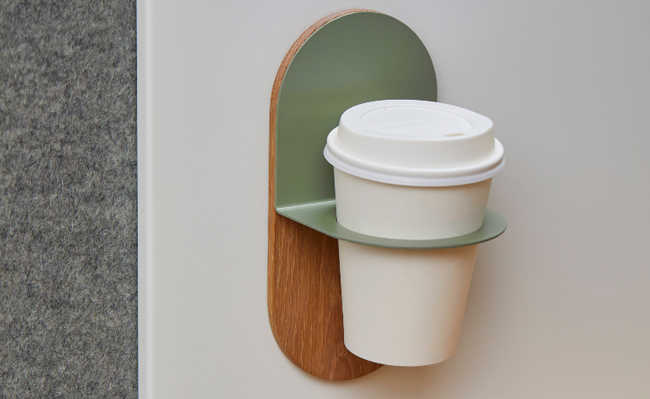How to make apple cider vinegar
Homemade apple vinegar keeps nutrients and probiotics lost in industrial processes

Apple cider vinegar is a liquid obtained from the fermentation of apples and has been known for its medicinal qualities for thousands of years. Knowing how to make apple cider vinegar at home is a great way to avoid the consumption of plastic (common packaging for vinegar sold in grocery stores) and still get phosphorus, calcium, magnesium, potassium and probiotics, which are not found in pasteurized and filtered vinegar. In addition, homemade vinegar can be used to flavor salad, relieve gastric reflux symptoms, freshen breath, tone hair, reduce sore throat, help with non-toxic household cleaning, and many other benefits you can see. in the stories:
- How to use apple cider vinegar on hair
- Vinegar: an unusual ally for house cleaning
- 12 benefits of apple cider vinegar and how to use it
- Baking soda and vinegar: allies in household cleaning
- How to clean a sofa with vinegar
- What are fresh, processed and ultra-processed foods
How to make apple cider vinegar

Edited and resized image of FuYong Hua is available on Unsplash the team of eCycle portal tested various ways to make apple cider vinegar and selected the best one. Check out the walkthrough (and the video at the beginning of the story):
required items
- Wide Mouth Glass Pot
- Narrow glass container with tight seal
- Coffee filter
- non-metallic spoon
- Reused elastic or cloth tape
- fine sieve or strainer of voil
Ingredients
- 2 small apples - about a cup of tea (preferably organic);
- 2 tablespoons of sugar (preferably organic);
- 2 cups of filtered water tea.
Method of preparation
- Sterilize all utensils with hot water (this step is essential to avoid unwanted micro-organisms);
- Fill ¾ of the glass jar with the wide mouth with the apple pieces;
- Dissolve sugar in water;
- Pour the water with sugar over the apples. If necessary, add more water;
- Cover with the coffee filter (or other material that allows the exchange of air with the outside without allowing the passage of insects) and secure with the elastic;
- Store in a dark place at room temperature, such as a kitchen cupboard;
- Leave for approximately 15 days; stirring at least once a day every day with a non-metallic spoon. This step is essential so that mold does not grow;
- After the first 15 days, strain the apple pieces, take them to compost and transfer the liquid this time to the tightly sealed glass container (in this second part of the recipe it is important that there is no exchange of air with the outside) ;
- Leave for another 15 days;
- After these 30 full days, apple cider vinegar will be ready for consumption. But it is important that, in the second part of the recipe, a narrow glass container is used, well covered, so that the vinegar produced in the recipe (acetic acid) does not evaporate. Otherwise you will only have water.
About homemade apple cider vinegar
- The sugar used in the recipe is needed to feed the good bacteria so that it ferments and, at the end of the process, it no longer exists. That way, the apple cider vinegar you made at home will not have sugar;
- The bacteria in the process must be those that are naturally present in the apple, do not add any additional ones.
- You can use applesauce, but the more variety of apples, the better the flavor;
- Always keep the apple submerged in water to avoid the appearance of mold;
- Mosquitoes and flies love vinegar, so make sure your pot is well covered, without blocking the outflow of fermentation gases (in the first part of the recipe);
- At some point during the second part of the recipe you will notice that at the top of the pot a colony of bacteria similar to the scoby gives kombucha; just remove it.










